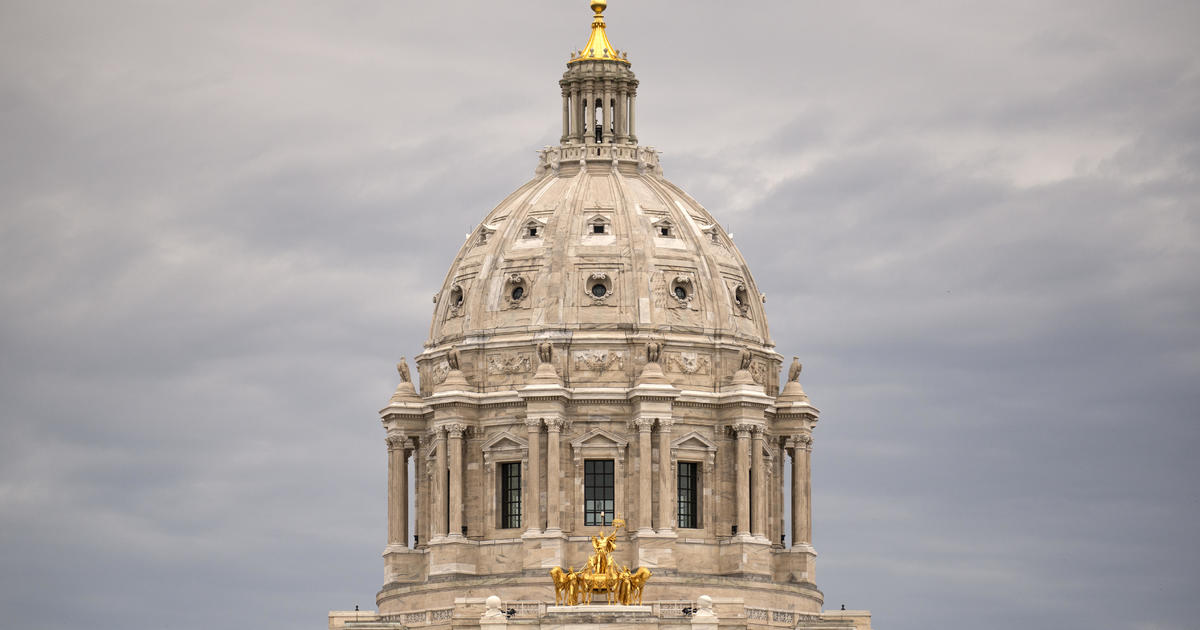Analysis Shows Great Disparities Between Black & Whites In Minnesota
MINNEAPOLIS (WCCO) – As Minnesota's elected officials increasingly announce plans to address the state's racial inequalities, a new national analysis puts Minnesota near the bottom of the list when measuring for the gaps between black and whites on a number of metrics.
The financial website WalletHub published a report this week, pulling data from several government databases on housing, income, and education, and it ranked the Land of 10,000 Lakes as fifth from last (No. 47) in terms integration. (The analysis looked at all 50 states and Washington D.C.)
Despite recent efforts to move the needle on certain achievement and economic gaps, Minnesota didn't fare much better when it came to another WalletHub analysis looking at racial progress. WalletHub listed Minnesota as No. 44 in terms of progress after examining how key metrics for inequality have changed over the years.
Areas where Minnesota sees great disparities between blacks and whites are in wealth, employment and education, the WalletHub analysis shows. When comparing the state's black and white populations, there's a high workforce participation gap, a high homeownership gap and a high medium income gap.
Indeed, an analysis from 2018 showed that the median income for a black household in Minnesota is $30,306 while the same figure for a white household is $66,979.
Large gaps also exist in educational achievement, with significant disparities on standardized test scores and between the percentages of adults who have, at least, graduated from high school.
One area where blacks in Minnesota weren't significantly behind their white counterparts was in health. WalletHub ranked Minnesota's integration score at No. 7 when analyzing metrics such as infant mortality and the share of obese adults.
According to the U.S. Census Bureau, a vast majority of Minnesotans identify as white – slightly more than 84 percent. About 6.5 percent identify as black, and 2.5 percent identify as being mixed.
When looking at a map of the states with low racial integration, the Upper Midwest immediately stands out. Minnesota, Iowa, Illinois, Wisconsin and the Dakotas all ranked near the very bottom of WalletHub's integration list.
One exception was the District of Columbia, in which there are slightly more black citizens (47 percent) than there are white (45 percent), Census Bureau data shows. But despite this near demographic parity, the nation's capital was ranked the least integrated part of the country, with WalletHub's analysis finding enormous gaps between blacks and whites in terms of wealth, income and educational achievement.
As for states that show high racial integration, many of WalletHub's top 10 are in the south, including New Mexico (No. 1), Texas (No. 5) and Arizona (No. 8). For state's showing quick racial progress, Wyoming came out on top, followed by Texas and New Mexico.
Meanwhile in Minnesota, newly-inaugurated Gov. Tim Walz has promised to focus a "lens of equity" on everything the state does. He announced last week that he'll chair a diversity council that'll work to ensure Minnesotans of all backgrounds are included in developing state policy.



